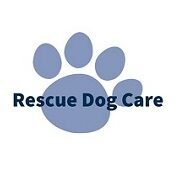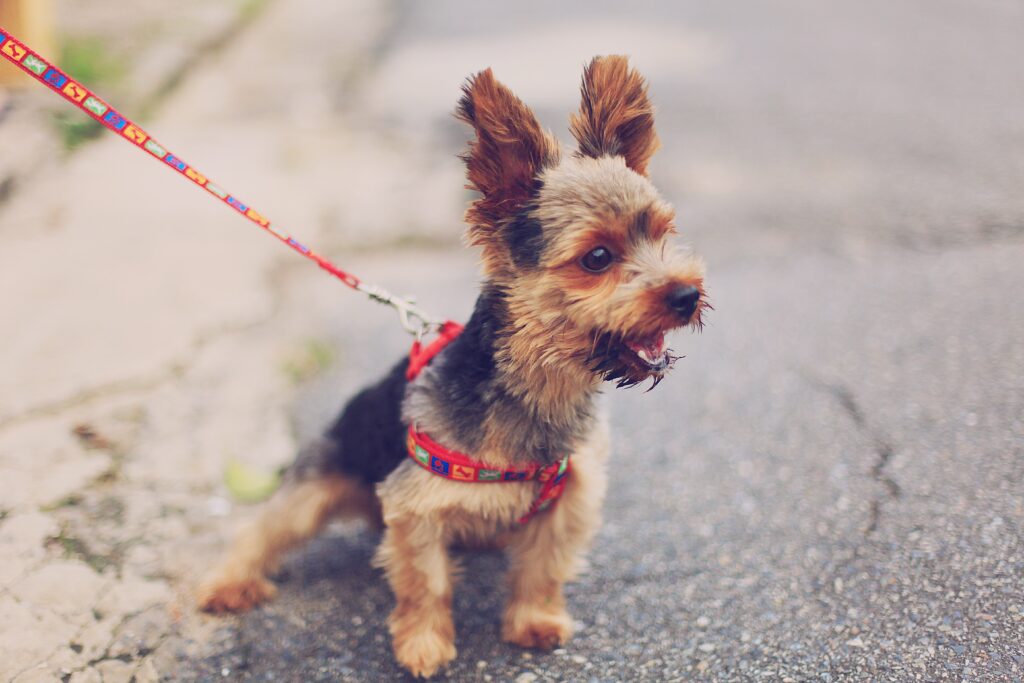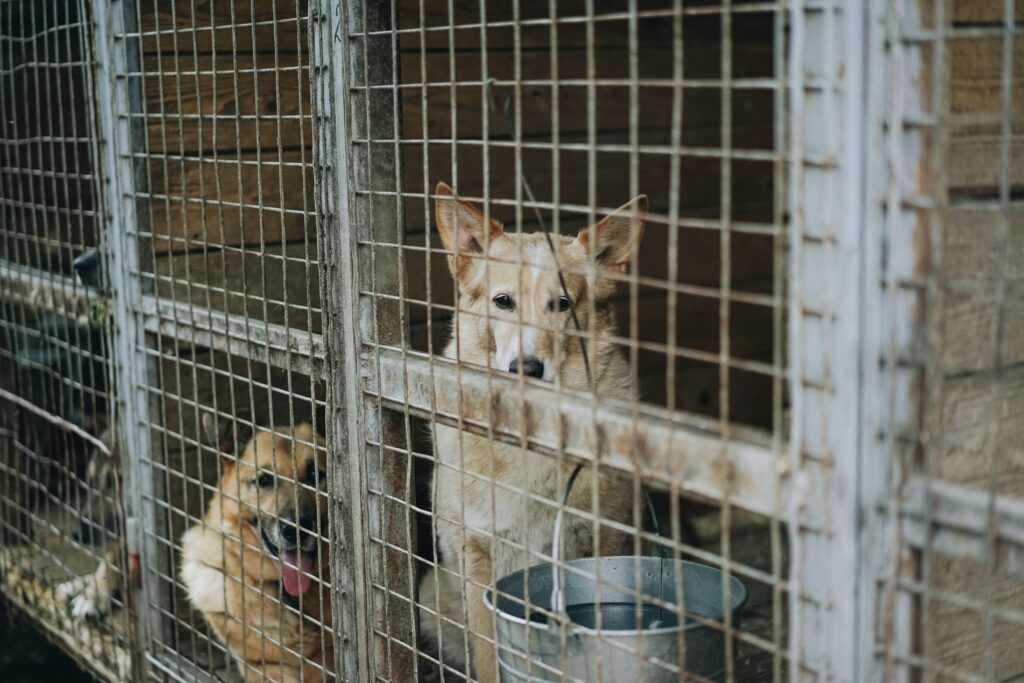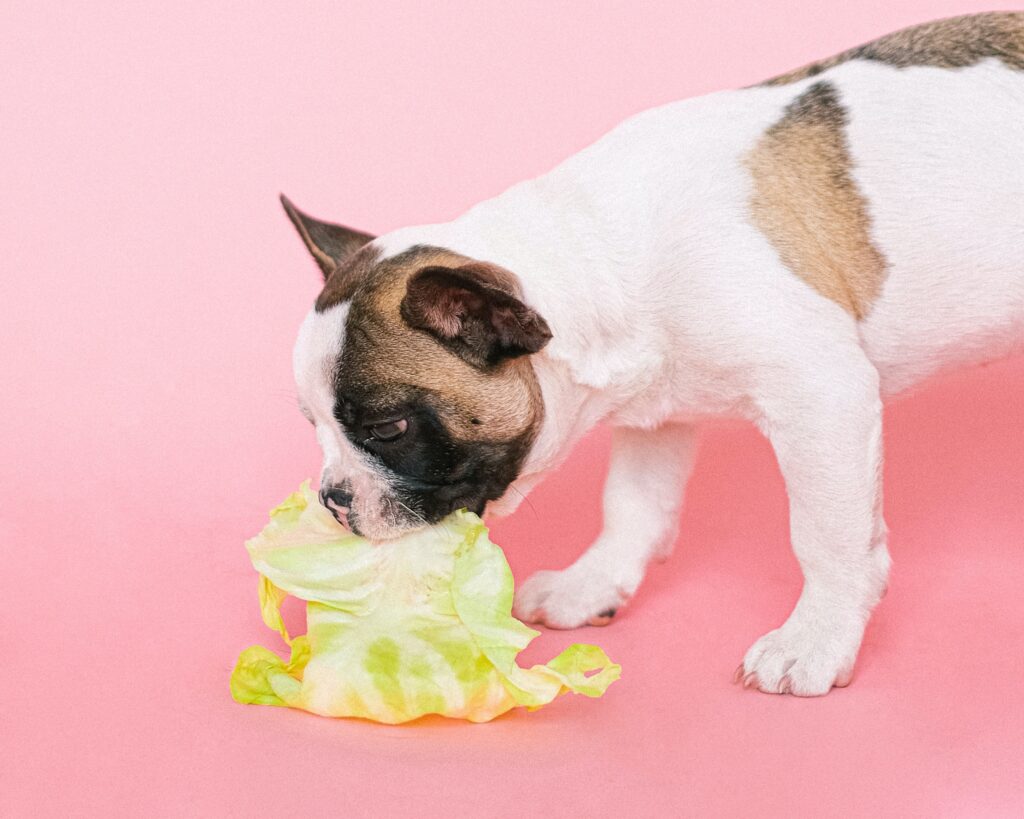Are you one of many Rescue Dog owners who does not know why your Rescue Dog does not know how to play or socialize with other dogs. Does your dog always seem to see another dog as an enemy? You are not alone and this is not an uncommon occurrence. A dog not knowing how to act in a non-aggressive manner with other dogs is one of the most frustrating things you’ll encounter as a dog owner. This problem is not just relegated to shelter dogs, traditionally raised dogs can also have this problem.
When a rescue dog is reactive towards other dogs, this is often the case because they never had an opportunity to properly socialize and were never given positive reinforcement when they tried.
Let’s look at several ways this problem can be addressed with just a little patience and consistent behavior modification. While there is no guarantee that the methods below will work, many individuals have had success after giving them a try and using patience.
How Do You Stop Your Rescue Dog from Being Reactive to Other Dogs?
Treat and Meet Method:
At one point of time or another most rescue dog owners have had to deal with the frustration of their dog not being able to socialize or play with other dogs while on at dog park or on walks. If you’ve ever been on a walk and had your pulse increase and your grip become consciously tighter on the leash because you see another dog ahead or on the other side of the street, we feel your pain. Worse yet, your dog can sense your unease which causes them to become even more on edge and ready to react negatively toward the other dog.
So how do you use the `Treat and Meet’ method to fix your rescue dog from being reactive to other dogs? Read on below.
What you will Need:
- Small tasty treats in kept in your pocket.
- You will preferably want a collar that is adjustable. You will want an adjustable steel buckle collar for dogs over 50 lbs. Plastic snap in buckles can break with powerful dogs over 50 lbs.
- Mid length leash or leash with slip lead, NO harness. A harness will promote more pulling.
- Patience
Step 1:
The `Treat and Meet’ method requires having treats readily available on your person and some patience. The treats should be small (because you may need a lot of them) and a flavor that your dog really craves. You also want to shorten the length of the leash from the dog to your person. The right length will look like a bent L. If it looks like a spaghetti string it is too much leash. DO NOT use a dog harness. A dog harness promotes pulling. You don’t want your reactive rescue dog to pull. If you must use a harness, do so after you have fixed the reactive issue when walking or when you are not around other dogs.
Step 2:
Next make sure the collar sits up right behind the your dogs skull behind the ears. To make sure it is not too tight you should be able to slip two fingers between the collar and neck. Three fingers and the collar is too loose and will slide down the dogs neck toward the shoulders. This is where the dog gets a lot of its power and this will prompt them to pull.
Step 3:
Now that you have what you need here is what you do. When you see another dog coming up ahead or on the other side of the street, calmly & cheerfully command your dog to sit and offer them a treat. Make sure you give the `sit’ command with a calm friendly voice and don’t tense up. You do not want tension on the leash. Give them a treat out of your pocket, congratulate them on being a good dog and continue while keeping your distance from the other dog.
Step 4:
On your next walk let your dog get a little closer to the other dog up ahead or across the street and follow the same steps above. If your dog begins to give off an aggressive response, increase the distance between dogs again. You can also quickly change direction walk back a couple of yards and then reverse back to the direction you were originally headed. You want to make sure there is no heavy tension on the leash, but just enough to get the dogs attention as you quickly turn around.
As time goes on gradually give your dog treats closer and closer to other dogs without showing tension in your body. Not tensing your body is important. Eventually with patience, your dog will welcome the site of other dogs because they will start to associate the meeting with a positive vibe and a tasty treat.
Familiar Acquaintance Integration Method:
This method ideally requires that you have a friend or family member with another dog that you can expose your dog to in a very controlled and neutral environment.
What you Need:
- A friend or family member with an even-tempered socialized dog.
- A small neutral enclosed area either indoors or outdoors. (Do not use a dog park if you can help it)
- Small Treats
- A neutral toy (toy that neither dog has seen before)
Step 1:
Once you have your neutral area selected, now is the time to introduce the dogs. You will want to walk them leashed into a neutral area at the same time maintaining so distance apart. If your dog starts become agitated or aggressive, immediately have them sit and reward them with a treat when they sit. Wait a few moments and then try walking them to the neutral area with the other dog again.
Step 2:
Have your friend or family member sit their dog and maintain distance apart. When both dogs are calm place a new toy that neither dog has seen before in front of each dog. The dogs should be distracted by the toy if you had them in a calm sitting state.
Step 3:
As the dogs begin to play with their news toys in front of each other, gradually move the toys closer to the center of the room or small area. Go ahead and start feeding the dogs small treats by hand to keep them clam. What you want is for the dogs to start sniffing each other’s butts and introducing themselves in a calm state. If your rescue dog becomes aggressive, quickly remove both dogs from the situation with distance apart and then repeat step 2.
With patience, the aggressive dog will gradually become more socialized with the other dog. It is important to note that during this exercise you only want to have the two dogs in this small area. We cannot stress this enough. It is also very important for the owners of the two dog to maintain positive not tense body language.
Dogs can sense when humans are stressed so if you are stressed, they will become stressed as well. You only want the two dogs in this area. If you can meet at a dog park that has no other dogs, this may work, but it is important to make sure there are no other dogs there.
Changing Up Your Walking Routine:
It is important to switch up walking routes so that your dog becomes accustomed to different environments and can acclimate to them. Take them down different streets or to a different park at least a few times a month.
Key Takeaways:
Dogs react very much like humans when it comes to social interaction. If a rescue dog is reactive or aggressive, it is in large part due to the conditions in which it was exposed to and lack of proper training. When exposed to a foreign environment and meeting another dog for the first time, they not necessarily wanting to get up close and personal until they have had a chance to acclimate to the environment.
Your dog also wants to feel out the other dogs to determine if they are friendly or wanting to do them harm, this is especially the case with many rescue / shelter dogs who may have had many run ins with aggressive dogs either on the streets or in the shelters themselves.
When walking your dog, try not to unconsciously tighten your grip on the leash or pull it too tight. The dog can sense this and it puts them on edge. At the same time, you don’t want to give them too much leash so that you are unable to effectively control them should you come across an unexpected situation.
Compliment your dog with a happy reassuring voice whenever they have come within eyesight of another dog and give them a few treats. Compliment them when they show no aggression towards a dog that is being walked ahead of you or on the other side of the street.
Pay attention to your own body language as an owner. Dogs can sense when you are confident or nervous. Your dog is smart enough to realize when there is a legitimate threat in the area.
If the above methods do not work for you, then it is time to seek our a professional trainer. Happy Walking!



